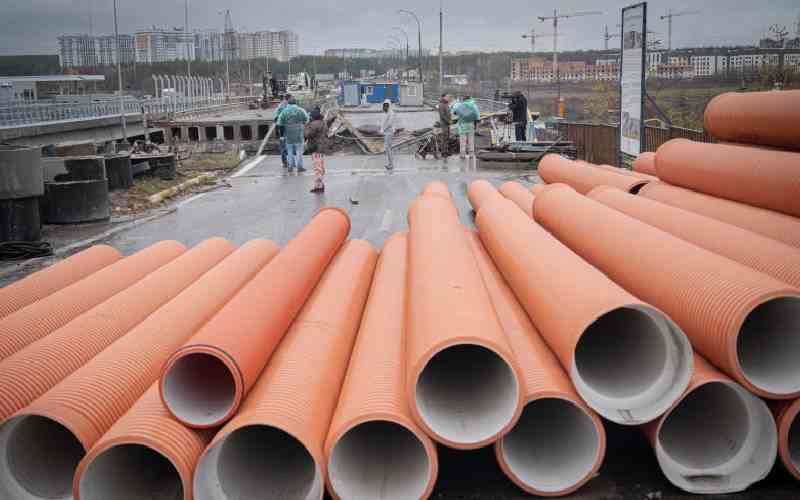×
The Standard e-Paper
Join Thousands of Readers

Taras Shevchenko still stands in Bucha as he did in the whole of Ukraine, over 150 years ago.
The eminent figure of Ukraine gazes upon the now globally renowned satellite town adjacent to the larger capital, which gained infamy in April 2022 for its pivotal role in the Battle for Kyiv during the full-scale Russian invasion.